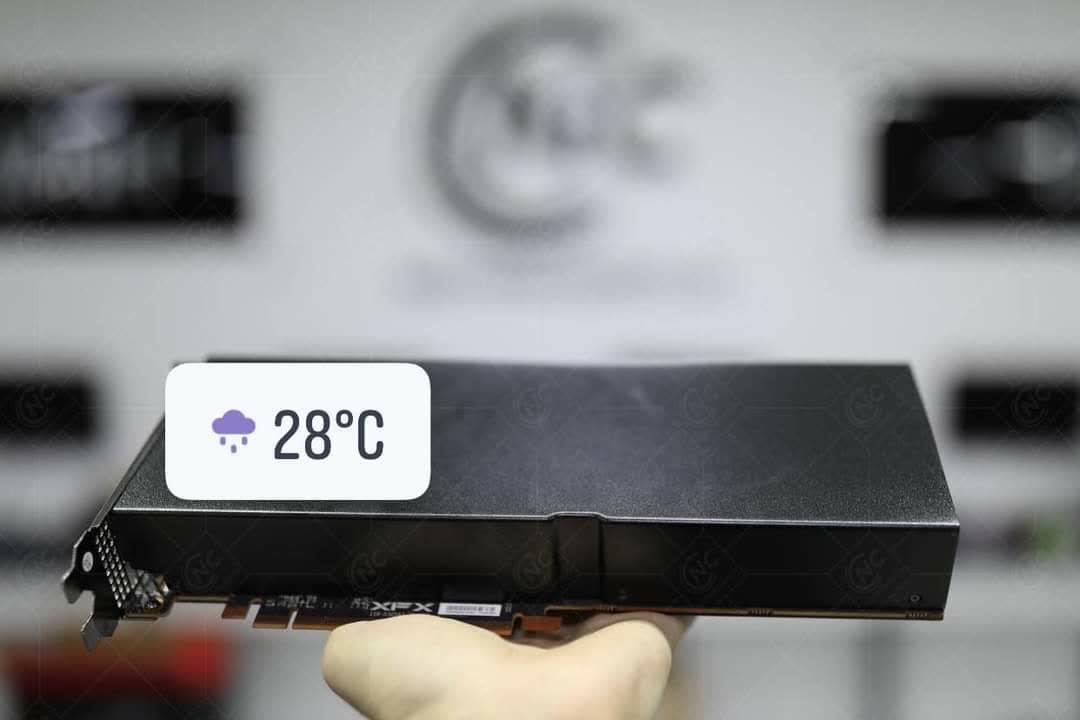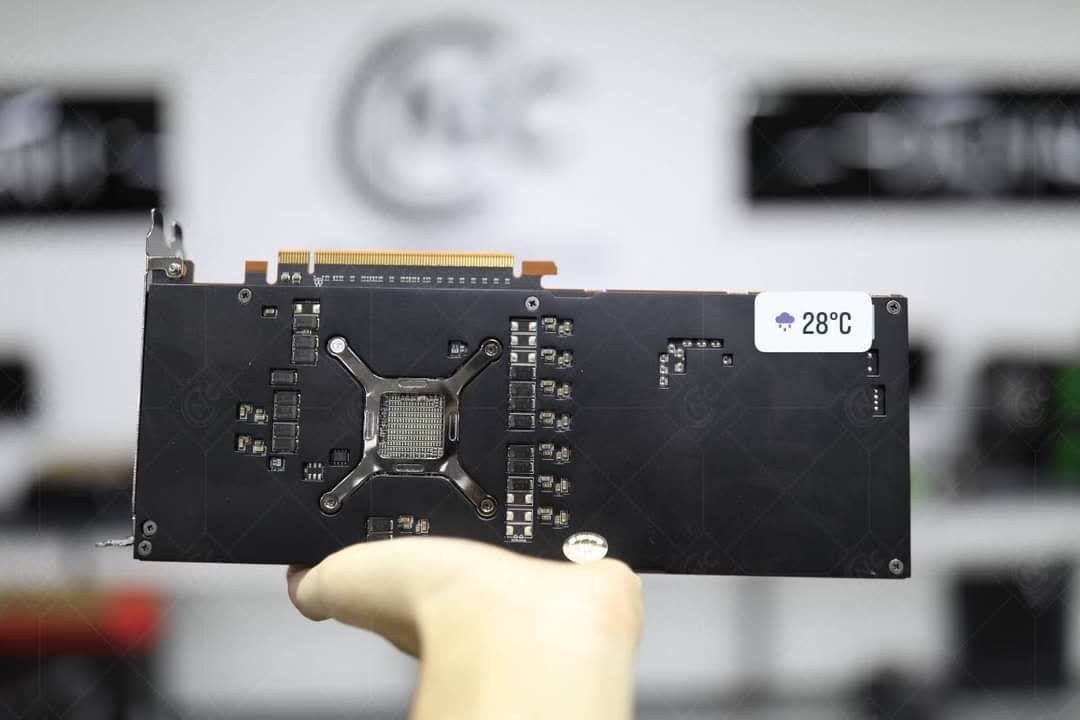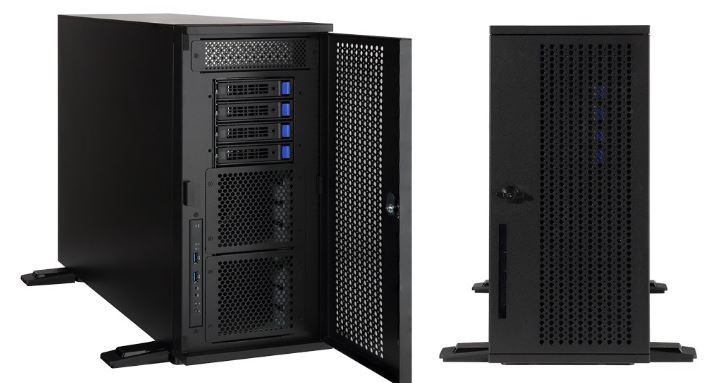In brief: AMD is apparently following in Nvidia's footsteps by launching a new line of crypto mining cards based on its latest GPUs—if leaked photos from Vietnam are to be believed. They show what appears to be a card from XFX featuring a Navi 21 GPU and lacking any display outputs.

The images, spotted by I_Leak_VN, were posted on Facebook by a PC hardware store in Vietnam. The PCB shows a logo for XFX, which makes AMD gaming cards.
AMD mining card without display output@kopite7kimihttps://t.co/L8GBLS1jyD pic.twitter.com/sNDa8hRf8T
— I_Leak_VN (@I_Leak_VN) August 26, 2021
The card's capacitor layout suggests it is using the Navi 21 GPU, while the dual-slot design bears a strong resemblance to AMD's Instinct M100 Accelerator. It features two 8-pin power connectors on the back, confirming this is a Navi 21 GPU rather than Navi 22 or Navi 10. Having no display outputs is also what one would expect to see in a mining card.

While Nvidia has supported gamers over miners—publicly, at least—and brought out the Lite Hash Rate (LHR) versions of the RTX 3080, RTX 3070, and RTX 3060 Ti, AMD said in March that it has no plans to limit the performance of its RDNA 2 offerings. The Radeon RX 6600 XT is a particularly strong product for Ethereum mining. With a 32 MH/s hash rate at 55 W, the Navi 23 card is twice as efficient as a GeForce RTX 3060.

"RDNA was designed from the ground up for gaming, and RDNA 2 doubles up on this. And what I mean by this is, Infinity Cache and a smaller bus width were carefully chosen to hit a very specific gaming hit rate. However, mining specifically enjoys, or scales with, higher bandwidth and bus width so there are going to be limitations from an architectural level for mining itself," said AMD product manager Nish Neelalojanan at the time.
Also see: What is Crypto Mining?
As with all leaks, take this one with a dose of salt. But given the previous leaks from the Linux kernel updates that suggested AMD might be working on Navi 21-based mining cards, the company could soon offer a new rival to Nvidia's CMP line.
h/t: VideoCardz
https://www.techspot.com/news/90956-possible-amd-mining-card-navi-21-gpu-spotted.html
